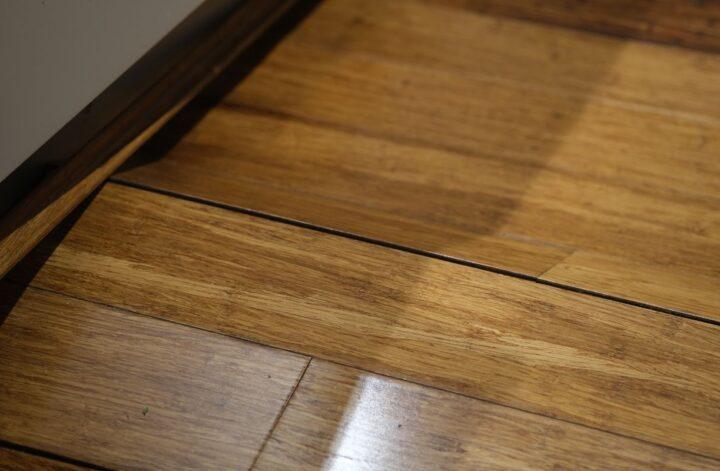The rainy season, while important to the health of your garden, isn’t exactly good for your house. Excess moisture and rain can cause damage to various parts of the exterior and interior of your home. The only way to minimize damage is to rain-proof your home as much as possible. There are numerous ways to do this, so let’s take it to step by step.
1. Seal windows and doors properly
The easiest way for rain to enter your home is through various weak points. The best examples of these points are doors and windows, which is why keeping them rain-proof is essential.
If you don’t have an elevated porch and a way to block rain from your door directly, you should consider sealing your doors properly. Give them good weatherstripping and they’ll protect you from the rain. Wood windows tend to rot over time, which can affect their durability. You can either renovate them or pick out new ones made from vinyl or aluminium. Windows made from better material will benefit you in other ways as well. It’s a house improvement that will save you money by increasing heating efficiency and keeping out dust.
2. Freshen up the paint job
Giving your home a fresh and well-maintained look is only part of what external paint jobs do. When coupled with a primer, paint protects and seals your exterior walls. This helps repel rain and prevent the wall materials from deteriorating and catching mould.
You should check your home for flaking paint regularly. Cracks in the walls will enable moisture penetration, which can be bad news. If you see that the exterior is run-down, you should consider a fresh paint job, as it will do wonders for protecting against the rain.
3. Replace your gutters
Gutters are your main line of defence against rain damage. They keep your roof, foundation, and external walls safe from excess moisture and help divert water to the ground instead. However, they can only defend your roof so long as it’s well maintained. Dirt, leaves, branches, and other types of debris can clog up the gutters and cause your roof to accumulate water.
Make sure you clean your gutters every couple of days during the rainy season. If you notice that the gutters are cracked or damaged, it might be time to consider a complete gutter replacement. With fresh, new gutters, you don’t have to worry about debris or ice clogging up the downspouts or causing damage to your roof or exterior.
4. Fix the roof
As the highest point of your home, your roof is going to take the brunt of the rain. Though the tiles are strong and long-lasting, they don’t last forever. After storms and heavy rainfall, you can expect some slight damage to your roof. Over time, a few tiles will crack and buckle, while others may fall off of your roof. Even without inspecting it, you can note roof damage when checking out your attic. If there’s a leak, wet patch, or mould, it’s likely that your roof is compromised.
Depending on the age and state of your roof, you will want to either replace missing or broken tiles or replace the whole roof. You’ll need to do a thorough inspection to determine whether the damage goes deeper than the tiles. Once you determine the issue, you can rain-proof your roof completely and enjoy a rainy season free from leaks.
Conclusion
Protecting your house from rainfall is not a simple task, though it’s not particularly complicated either. You need to know the weak points of your home where rain can do the most damage and secure them properly. With proper inspection and repairs, you can ensure that your home will be safe during any thunderstorm or downspout. Keep the above examples in mind when inspecting your home and make sure that you cover all your bases.
Article by Patrick Adams
Patrick is a proud member of Alejandra’s Life Family




